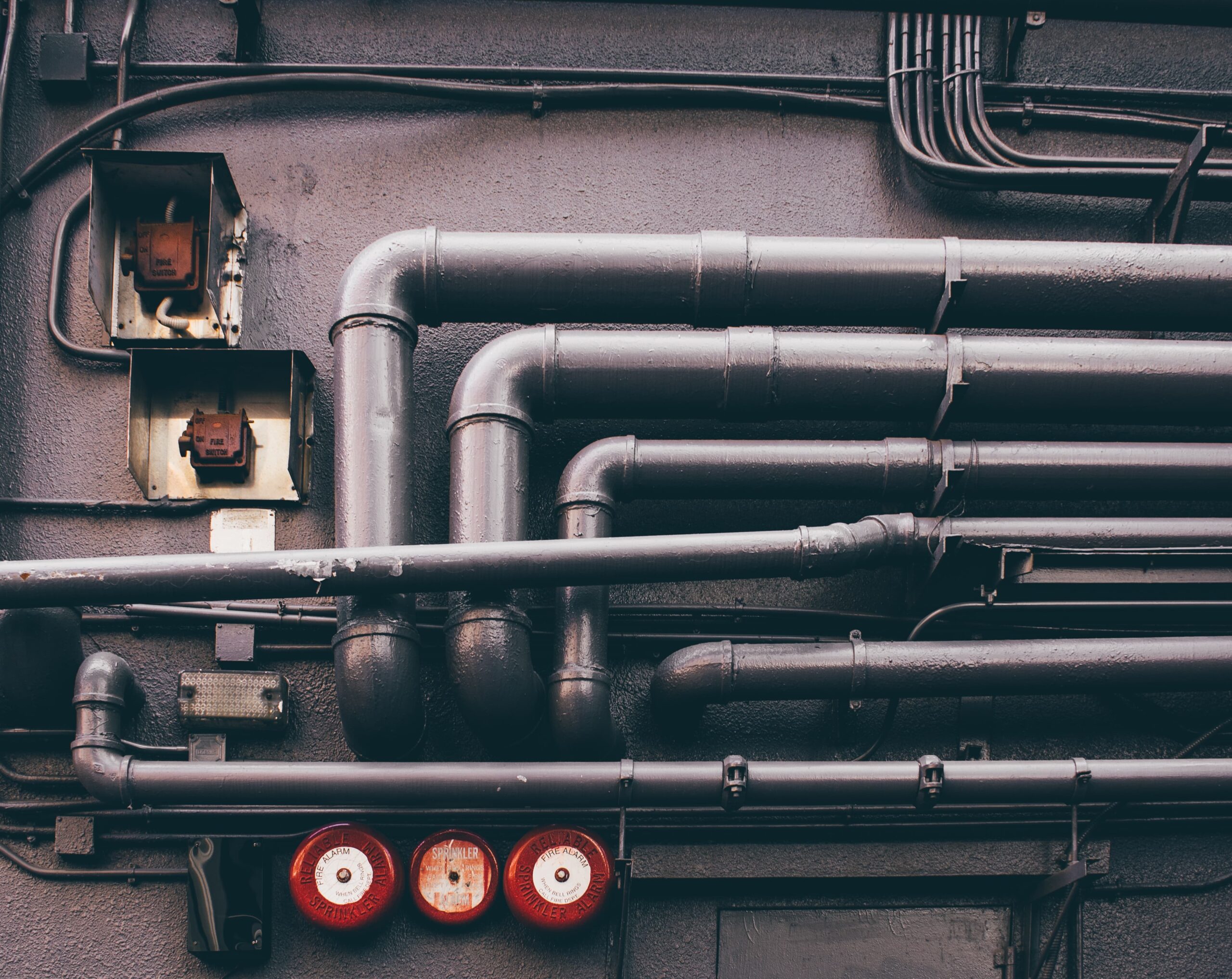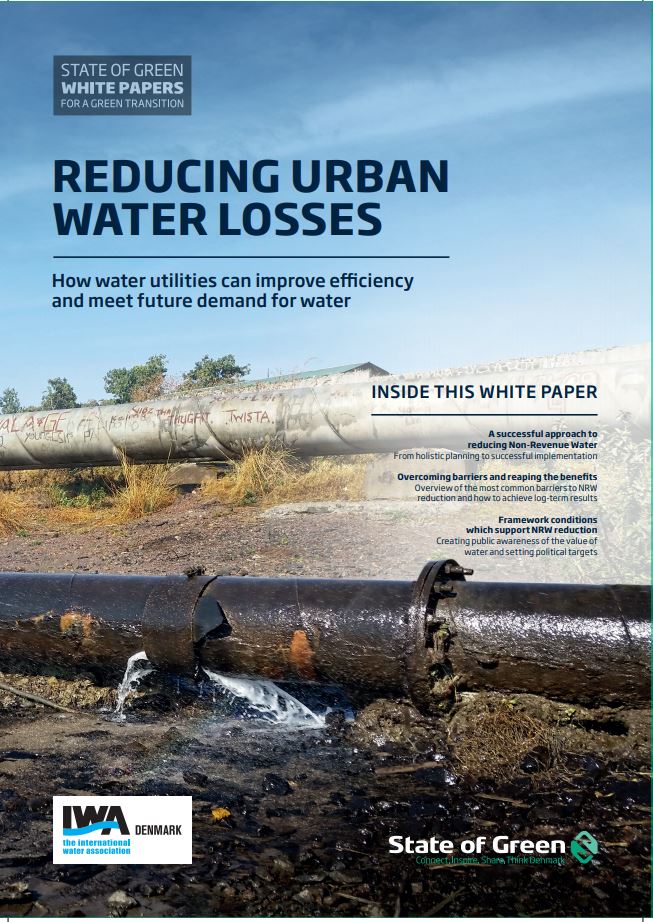Download our publication on reducing urban water loss today
This article is part of our publication ‘Reducing urban water loss’.
Download nowPerspective
Non-revenue water


In addition to skilled workmanship, the use of high-quality equipment for infrastructure installations is strongly recommended. Focus should be on low cost of ownership, long warranty times, low energy consumption and reliable online measurement equipment.
The key success factor in achieving and maintaining low levels of real NRW losses in the long run is the reliability and stability of installed components (pipes, valves, pumps and meters etc.). Together with the quality of workmanship in installation and operation, choosing high quality products is essential. Since the value of lost water and the cost of repairs often are far more expensive than the product itself, the expected operating reliability and the quality of installed products should have highest priority in the selection criteria of the purchasing process. These factors should be considered in tandem with the cost of ownership. Other important factors in selecting products are; product efficiency, customer training, options for technical advice and service.
Water loss adds significantly to operating costs. Leakages can occur as leaks in the pipes, valves or joints, e.g. caused by valvesthat are not drop tight or have worn out stem sealing. Once equipment has been installed below the ground as a part of the distribution system, it is very difficult to control the
valves, pipes or other installations. It is important that all equipment and installations are of high quality to ensure that they will function properly for many years. Only quality products with a long warranty, reliable and durable function should be selected and it should be based on the principals of Total Cost of Ownership and not simply on the initial purchasing price. A generally accepted norm is that the purchasing cost for a pump is only 5 per cent of the total cost of the pump’s lifetime, where 10 per cent accounts for maintenance cost and the remaining 85 per cent goes to energy costs
related to operating the pump.
PE pipelines with an estimated durability of 80–100 years are used for all new water distribution networks and service pipes in Denmark. Welding and making joints of the PE pipes must be carried out by well-educated staff in accordance with quality standards to ensure a correspondingly long network lifespan. By choosing high-quality, shut off valves, leakages from the valve itself can be avoided. Gate valves with high-quality rubber gaskets ensure that the valves are 100 per cent drop tight. Valves, pipes and joints must all be made of corrosion free materials.

This article is part of our publication ‘Reducing urban water loss’.
Download nowNRW reduction is not just a technical issue. Carrying out a successful NRW programme and achieving strong results require committed management and trained staff that continuously work on maintaining low NRW levels. A comprehensive re-evaluation of the water utility’s strategy and priorities is
necessary to implement learnings along the way. The management level must prioritise the activities of the NRW programme and the benefits of purchasing equipment with high accuracy, reliability and low Total Cost of Ownership.
In order for the water utility to adapt and reap the full benefits from an NRW management system and new smart water technology, training and technology transfer programmes are performed in collaboration with Danish water utilities that are designed to aid in achieving continuous positive results in NRW reduction. The technical staff should receive training on how to use tools such as GIS, hydraulic models, leakage detection equipment, noise loggers, online monitoring systems and smart meters. The training programme should include staff at all levels; from the planners to the craftsmen, who all need to understand the necessity of following the specific procedures and QA systems.